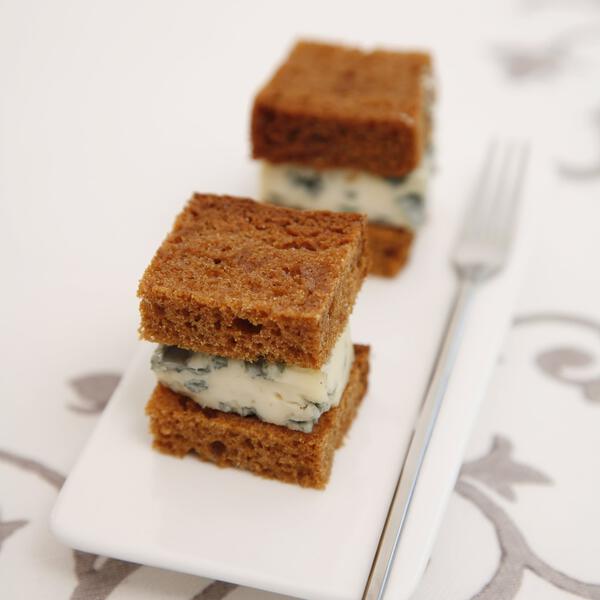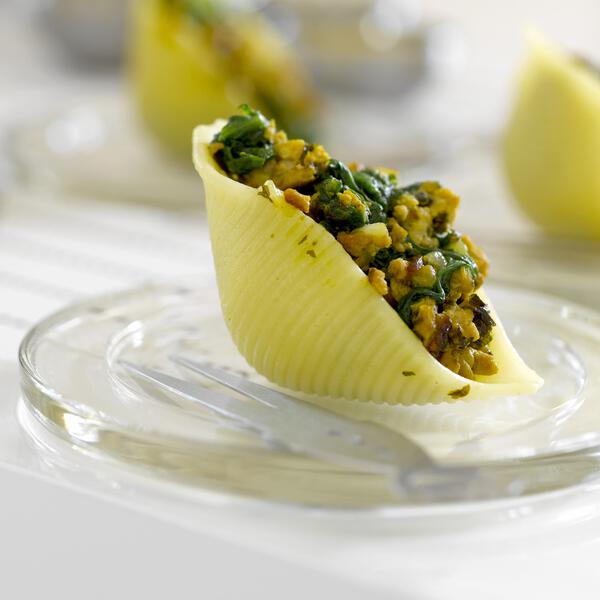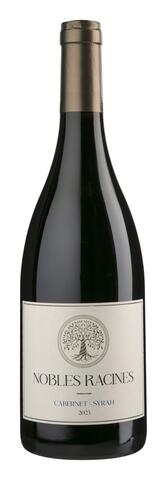Cabernet-Sauvignon de France
Wines color
Taste profile
Sweetness
Body
Acidity
Tannins
Alcohol
Table of contents
Wines produced
Occasions
Wine pairing
Cabernet-Sauvignon de France is a seducer. Its dense, dark color rounds out its robust, full-bodied structure. This is a long-finishing wine that goes perfectly with flavorful grilled red meats. It is the perfect sipper to accompany a tasty barbecue or piece of beef slowly cooked in sauce
Main food pairings:
- Grilled, roasted or braised pork, Wild game
- Grilled or roasted beef
- Braised, grilled or roasted lamb
- Pizza and Tex Mex
Aperitif ideas
Medal winners
Encyclopedia
Origin
Cabernet-Sauvignon originally comes from the temperate geographical area of Aquitaine, in southwestern France. Based on studies and analyses of its genetic heritage, this variety is the result of crossbreeding the Cabernet Franc and Sauvignon varieties
Aromas
With its varietal (or primary) aromas of blackcurrant and green pepper (when the year is cold or full ripeness is not reached) young Cabernet-Sauvignon also has black cherry, cedar, and spice flavors. Over time, it takes on notes of leather, licorice, mocha and vanilla when aged in oak barrels.
Wines profile
Cabernet-Sauvignon is used to make powerful, sturdy wines with a highly interesting tannin structure and deep color, especially when harvested at peak ripeness. They are generally suitable for ageing and maturing in wood. This lends them greater body and finer tannins. When young, the strength of their tannins reduces the feeling of smoothness on the palate. This is why Cabernet-Sauvignon is labeled as a masculine, strong grape variety. When it has been aged enough, the vegetal aromas of this variety give way to much more pleasant and complex flavors.
Cultivation areas
It is mainly grown in southwestern France, throughout the Aquitaine Basin, in an area stretching between the cities of Cahors, Toulouse and Pau. However, it is also found in southeastern France and along the southwestern Mediterranean coast, where it was introduced more recently. Finally, it is also found on the banks of the Loire, and more rarely on the warm soils of the countryside surrounding Angers and Tours.
Precocity
Cabernet–Sauvignon is a relatively late budding and ripening variety. It generally buds 13 days after Chasselas, the benchmark, and fully ripens 3 to 3½ weeks after Chasselas, thus making it period II grape variety.
Vigor
Cabernet-Sauvignon is a vigorous grape variety, with large vine shoots when grown in fertile conditions. It has very long vine shoots, with elongated internodes, whose tendrils lignify. It thus requires thorough training. Pruning varies depending on the geographical area and must be adapted to the climate: short pruning in difficult climatic conditions (southeastern France) and longer pruning in cooler temperate zones. Pruning Cabernet-Sauvignon results in many sizable hard woods, which requires more work. This variety’s stalks sometimes dry out, and the risk of this is heightened by the use of certain rootstocks such as SO4.
Soils
Cabernet-Sauvignon often gives its best results in well-drained, gravelly, acidic soils with good exposure, in order for maximum ripening of grapes, particularly in temperate areas. In dry Mediterranean areas, it prefers deeper soils that can provide constant nutrition, especially during summer droughts.
Climat
This grape variety from southeastern France likes hot summers, namely at the end of the season, creating the right temperature conditions to ensure full ripening of the berries. However, it is versatile enough to be grown in warmer areas, between Nice and Perpignan.
Susceptibility to diseases and pests
Thanks to its relatively thick skin, Cabernet-Sauvignon is not highly susceptible to gray mold. It is, however, highly sensitive to wood diseases such as eutypiosis and esca, as well as to oidium. It should be planted in well-drained soils in order to minimize residual water in vine rows.
Use
Cabernet Sauvignon is used only to produce wine.
Descriptive elements
To recognize Cabernet-Sauvignon, we must observe its young leaves, which are reddish in color with some bronze. The adult leaves do not have any particular geometrical shape, and have a more rounded orbicular shape. They have 7 to 9 lobes, with a petiolar sinus that has slightly overlapping lobes and whose base is sometimes bordered by the vein near the petiole. The lateral sinuses generally have a flat or U-shaped base. The lobes have medium-length to long teeth with convex sides. The leaf blade appears bubbly and has thin, flat laying hairs on its lower surface. Cabernet-Sauvignon’s clusters and berries are small in size.
Clonal selection in France
The twenty approved Cabernet-Sauvignon clones (specifically named Cabernet-Sauvignon N) are numbers 15, 169, 170, 191, 216, 217, 218, 219, 267, 269, 336, 337, 338, 339, 340, 341, 410, 411, 412 and 685. A conservatory collection, planted in the vineyards of Gironde, brings together over 250 clones originating from prospecting carried out between 1966 and 1988.
Map of France
Cabernet-Sauvignon is originally from southwestern France, and is primarily grown there. France is the world’s leading producer of Cabernet Sauvignon.












